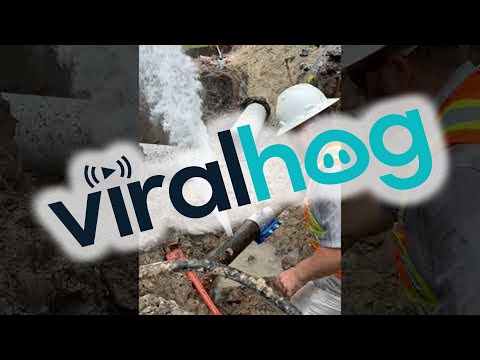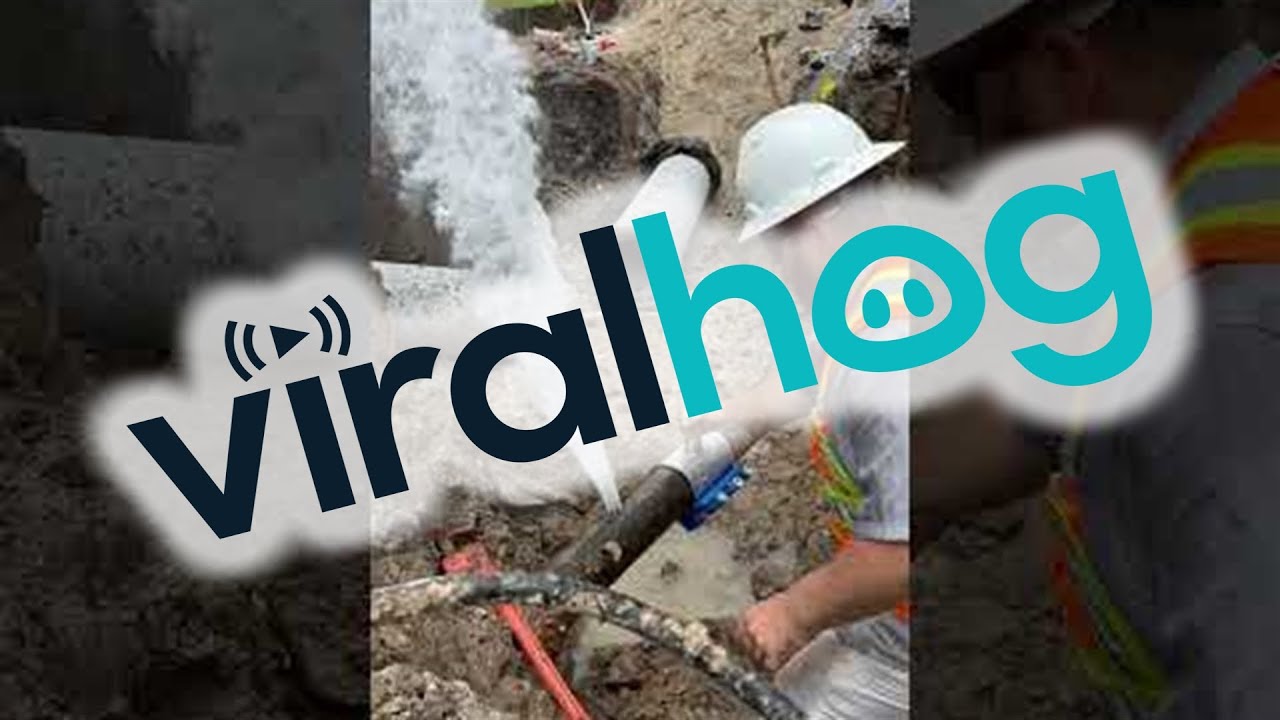Discover the Essential Steps to Take After a Water Main Break is Resolved After experiencing a disruptive water main break, it’s crucial to know what to do once the issue has been fixed. Unveiling a comprehensive guide to post-water main break actions, this article will equip you with essential knowledge to ensure a smooth recovery process. From assessing the damage and contacting relevant authorities to engaging in thorough property inspections, this guide covers it all. Additionally, it provides practical tips on cleaning up any remaining mess, identifying potential hazards, and restoring your water supply. By understanding the proper steps to take after a water main break, you can safeguard your property and mitigate any lasting negative effects. Whether you’re a homeowner, business owner, or property manager, this article will empower you with the information you need to efficiently navigate the aftermath of a water main break. Trust our expert advice to help you regain a sense of normalcy and minimize the disruption caused by this unfortunate incident. Remember, being prepared and informed is the key to overcoming any challenges that may arise.

What to Do After a Water Main Break is Fixed
| Step | Tasks |
|---|---|
| 1 | Check for any visible leaks or water damage in your property. |
| 2 | Turn off all faucets and appliances that were left running during the water main break. |
| 3 | Inspect your water meter to ensure it is no longer running excessively. |
| 4 | Flush all faucets and water outlets for a few minutes to remove any air or debris from the water lines. |
| 5 | Monitor your water pressure and report any abnormalities to your local water utility company. |
| 6 | Run a load of laundry or dishwasher to ensure proper functioning of appliances. |
| 7 | Check the color and clarity of your tap water. If it appears discolored or murky, let it run for a while until it clears up. |
| 8 | Inspect your water bill for any discrepancies and notify your utility company if necessary. |
| 9 | Consider having your water tested for contaminants, especially if the water main break was severe. |
| 10 | Keep a record of any damages, expenses, or inconveniences caused by the water main break for insurance purposes. |
“Unleashing the Power: Epic High Pressure Water Main Repair”
What to Do After a Water Main Break is Fixed
A water main break can be a stressful and chaotic event, causing disruption to your daily routine and potentially damaging your property. However, once the water main is fixed, it is essential to take certain steps to ensure everything returns to normal smoothly and safely. Here are five important actions to consider after a water main break is repaired:
1. Check for Water Quality
Even after the water main break is repaired, there may be some residual issues with water quality. It is crucial to check the water before using it for drinking, cooking, or bathing. The easiest way to do this is by running the water for a few minutes and observing any discoloration or unusual odor. If you notice any changes, it is recommended to contact your local water utility company to report the issue and seek guidance on whether it is safe to use the water.
2. Inspect for Property Damage
Water main breaks can cause significant damage to your property, both inside and outside your home. After the repair is complete, thoroughly inspect your property for any signs of damage. Check for water stains, wet areas, or moisture buildup on walls, floors, and ceilings. Additionally, examine your yard for any sinkholes, uneven ground, or erosion caused by the water main break. If you notice any damage, document it with photographs and contact your insurance company to report the incident.
3. Flush Pipes and Clean Appliances
After a water main break, it is essential to flush your pipes and clean your appliances to remove any sediments or debris that may have entered the water system during the break. To flush your pipes, turn on all faucets, showers, and tubs in your home and let the water run for several minutes. This will help clear out any contaminants and ensure clean water is flowing through your plumbing system. Additionally, clean your appliances such as washing machines, dishwashers, and water heaters to prevent any potential clogs or damage caused by debris.
4. Monitor Water Pressure
Water main breaks can sometimes affect water pressure in your home. After the repair is complete, keep an eye on your water pressure to ensure it returns to normal. Low water pressure can indicate a problem with your plumbing system or residual issues from the water main break. If you notice persistently low water pressure, it is advisable to contact a professional plumber to assess the situation and address any potential issues.
5. Stay Informed and Prepared
Water main breaks can happen unexpectedly, causing inconvenience and disruption. To stay prepared for future incidents, it is important to stay informed about the state of your local water infrastructure. Research your area’s water utility company and familiarize yourself with their emergency procedures and contact information. Additionally, consider installing a water leak detection system in your home to quickly identify any future leaks or breaks and mitigate potential damage.
In conclusion, dealing with a water main break is undoubtedly a stressful experience. However, by following these steps after the repair is complete, you can ensure the safety of your household and minimize any potential damage. Remember to check for water quality, inspect your property for damage, flush pipes and clean appliances, monitor water pressure, and stay informed and prepared for future incidents. With these actions, you can effectively recover from a water main break and restore normalcy to your daily life.
Things to do after water main break is fixed:
Frequently Asked Questions
What should I do after a water main break is fixed?
1. Check for leaks: After the water main is fixed, inspect your plumbing system for any signs of leaks. Look for dripping faucets, wet spots on walls or ceilings, and water pooling around fixtures. If you notice any leaks, contact a plumber to repair them.
2. Flush the system: To remove any sediment or debris that may have entered your pipes during the water main break, flush your plumbing system. Start by turning on the cold water tap in your highest faucet and let it run for several minutes. Then, repeat the process with the hot water tap.
3. Clean and disinfect: If your water supply was contaminated during the water main break, it’s important to clean and disinfect your plumbing fixtures and appliances. Use a mixture of bleach and water to sanitize surfaces, and run a disinfecting solution through your dishwasher and washing machine.

